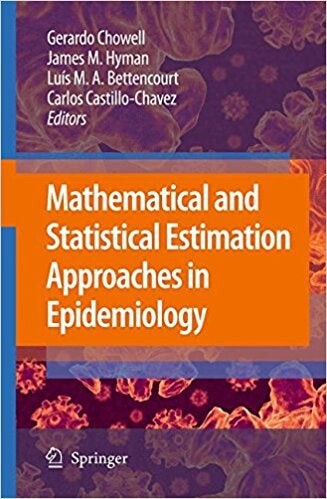Mathematical and Statistical Estimation Approaches in Epidemiology
Edited by Luis Bettencourt, James Hayman, Gerardo Chowell and Carlos Castillo-Chavez
"Mathematical and Statistical Estimation Approaches in Epidemiology" compiles theoretical and practical contributions of experts in the analysis of infectious disease epidemics in a single volume. Recent collections have focused on the analyses and simulation of deterministic and stochastic models whose aim is to identify and rank epidemiological and social mechanisms responsible for disease transmission. The contributions in this volume focus on the connections between models and disease data with emphasis on the application of mathematical and statistical approaches that quantify model and data uncertainty.
The book is aimed at public health experts, applied mathematicians and scientists in the life and social sciences, particularly graduate or advanced undergraduate students, who are interested not only in building and connecting models to data but also in applying and developing methods that quantify uncertainty in the context of infectious diseases. Chowell and Brauer open this volume with an overview of the classical disease transmission models of Kermack-McKendrick including extensions that account for increased levels of epidemiological heterogeneity. Their theoretical tour is followed by the introduction of a simple methodology for the estimation of the basic reproduction number, R. The use of this methodology is illustrated using regional data for the 1918–1919 and 1968 influenza pandemics.
Bio
Carlos Castillo-Chavez is a Regents' Professor in the School of Human Evolution and Social Change and the School of Life Sciences, and serves as the co-director of the Simon A. Levin Mathematical, Computational and Modeling Sciences Center. He studies the dynamics of complex systems at the intersection of ecology, epidemiology and the social sciences.
Praise for this book
'Mathematical and Statistical Estimation Approaches in Epidemiology' is a well written book ... The book is aimed at public health experts, applied mathematicians and scientists in the life and social sciences, particularly graduate or advanced undergraduate students. This is an excellent text for those with some knowledge of statistics mathematics … it suits the expectations for that category of readers that is written for and will be a useful reference on many bookshelves.
Peter Wludyka and Carmen Masnita Iusan Technometrics
